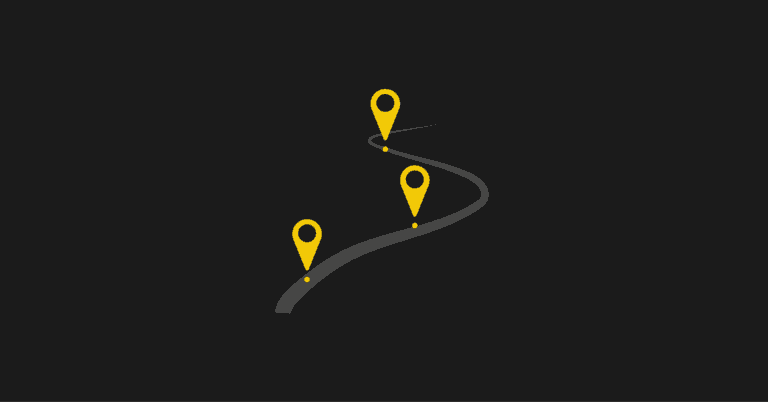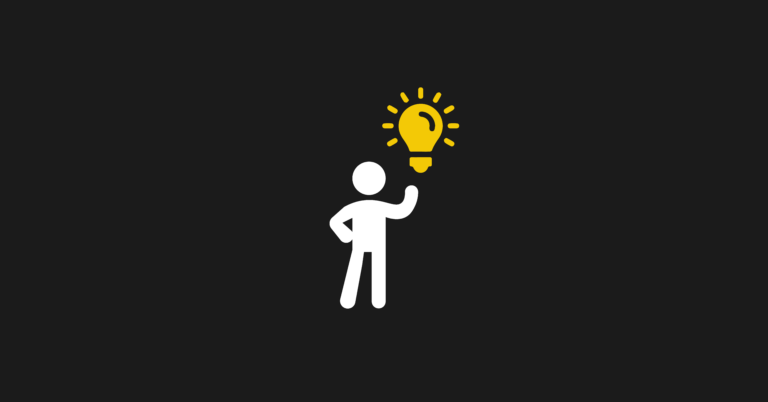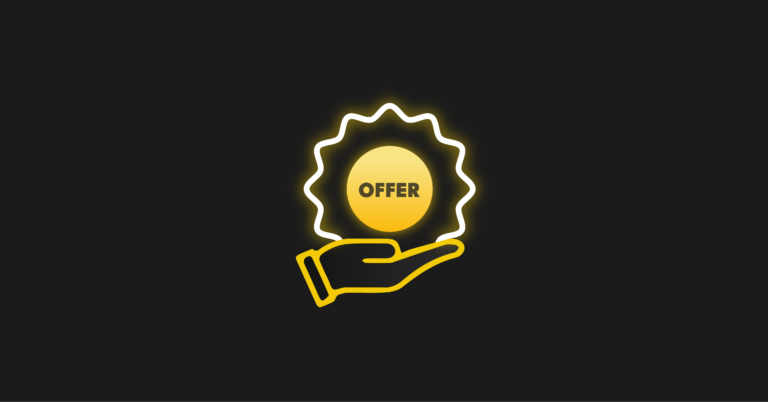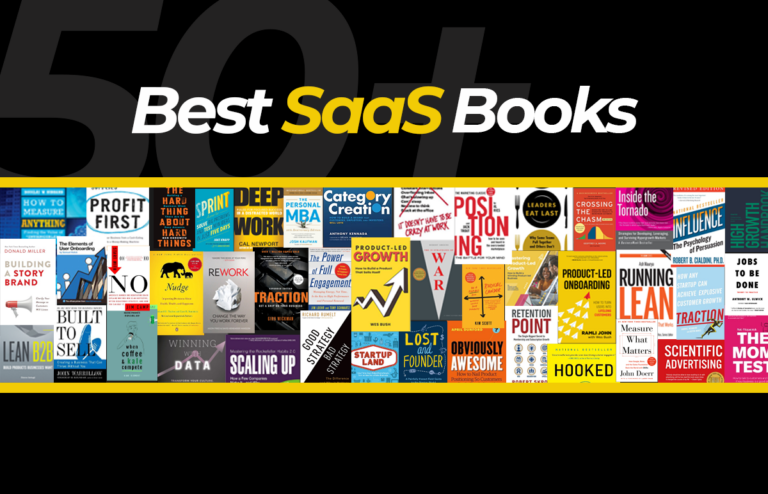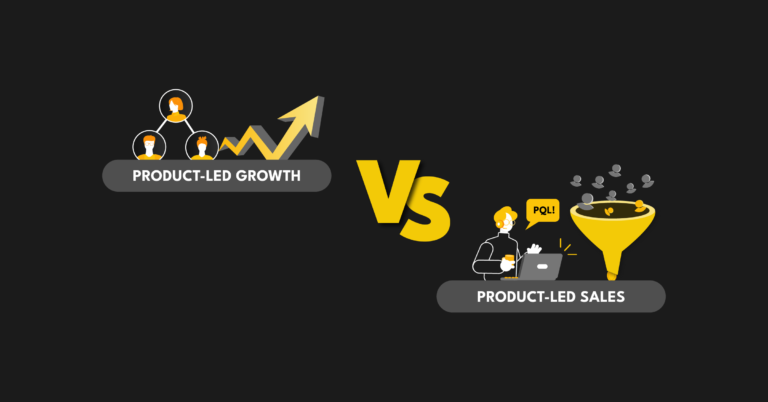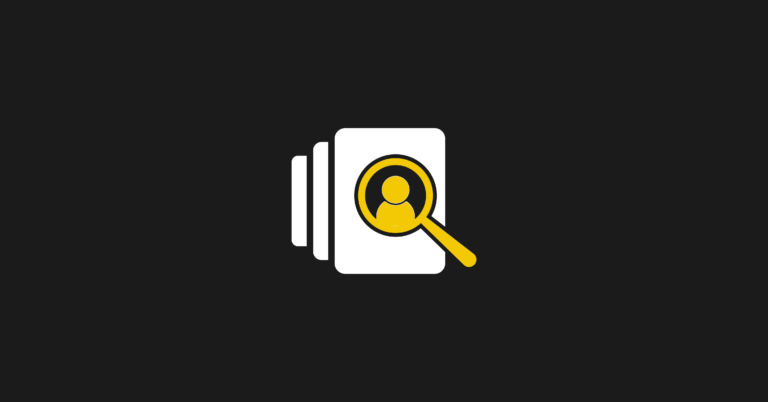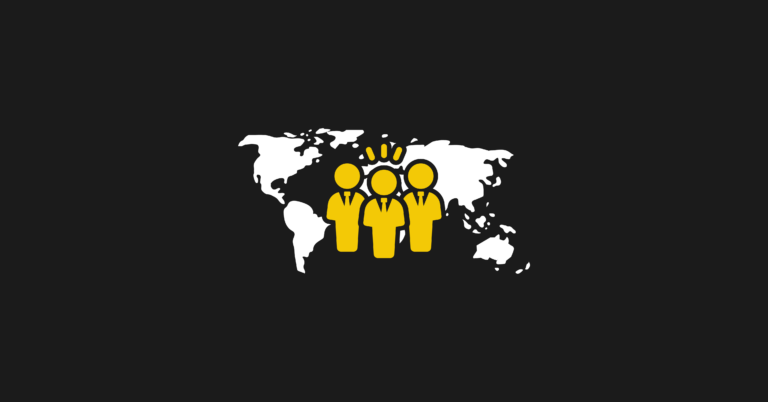ConvertKit is an email marketing company that I founded over 7 years ago to help creators earn a living online. We have 58 team members across 49 cities, and annual revenue of over $20 million. At the start of this year, right before a global pandemic and the onset of a recession, we made a big transition and launched our freemium product.
As a freemium business, there was a lot to learn. We were now targeting the free user; not a paid user.
Launching a freemium product was a risk, but one that has paid off. I wanted to dig into the how and the why of what actually occurs when a company decides to commit to a freemium model. Watch the video or read on to learn how.
Have you always had a freemium pricing model?
In the early days there was no free trial offered. It was just a direct sign up to the paid product. It seems weird looking back on that now, but that was the mentality at the time.
Very early on I tried a closed access model called the ConvertKit Academy. You would pay for 6 months of the product at $50 a month. For that $300 you would also get 6 months of cohort-based coaching.
A year or two after the closed access model, we switched to a no-credit-card-required trial. We had gotten much better at tracking the data, so we mapped it out. We knew that if we removed the credit card step we’d remove a lot of friction at the sign-up stage and we expected there to be more revenue at the end.
But we were worried that without credit cards in play, we’d lose all those auto-conversions. At the end of a free trial every account automatically converts to the paid product. Without credit cards, there are no auto-conversions.
We were also concerned that our activation wouldn’t be high enough. When there isn’t money on the line, people tend to just drop off and drift away. Whereas when they see that charge come through it triggers them to either cancel the subscription or say “oh yeah, let me implement that.”
Another concern was keeping up with the support to this influx of new trial accounts. If your conversion rate stays at a good level, then supporting the free accounts washes out in terms of the paid accounts you gain. But if we received a huge influx of free accounts which didn’t convert, then this tips the balance.
Removing the credit card step worked out well for us, but not to the extent that it was a no-brainer and something I’d recommend to everyone.
We saw a bump in fraud when we took this action, and that’s definitely something everyone should consider. We had to deal with fraud in terms of payments and money laundering (when I got into SaaS I didn’t expect that I’d then be learning how to fight money laundering), as well as issues surrounding spam.
We quickly realized that our algorithms had to get a lot better. At the time, we didn’t have machine learning in place so we had to do a lot more manual flagging of accounts and a lot more human review.
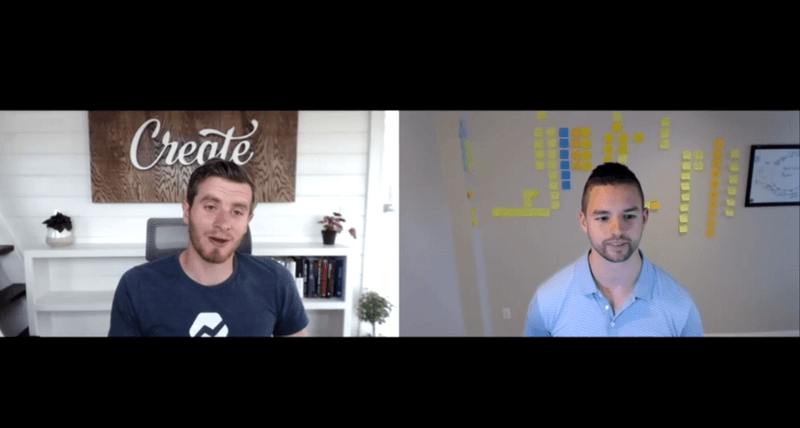
How have you evolved your free trial experience?
There’s this concept in the user experience called the gradual engagement that I'm a huge fan of. The first thing we did was adding a sign up survey, asking a handful of questions before people created their accounts. We asked questions like “are you brand new to email marketing, or are you migrating from another tool?”
If they said they were migrating from another tool like Mailchimp, then when they finish signing up, front and center is the option to enter their Mailchimp API key and input all their subscribers.
If they answered that first question and said they were brand new to email marketing, the next question asked if they had a website ready. And this was very telling. Before going freemium, we discovered that we were getting 8,000 free trials per month. Of those 8,000 new trials, 5,000 of them were saying they were new to email marketing and did not have a website.
No wonder our conversation rates were so low! The majority of them were way too early in their journey to be converted. There was a big barrier in place, which was them not having a website ready.
Seeing all that data made us realize that we should build a landing page product. Because you don’t need a website for email marketing, you just need a landing page and a way to capture subscribers.
At that stage we had two paths we could take. We could have gone upmarket and ignored all those people, but our mission is to help creators earn a living and we felt that included all those brand new beginners. So we spent a year building a landing page product, launched it in 2020 and made it free.
It was our onboarding data that drove our decisions. There were so many people coming into the free trial that did not have the facilities to convert. Of those 8,000, 5,000 had a missing piece and couldn’t use the product, and the landing page product was the bridge.
How do you segment people?
We had to think about which questions would make the most sense, and also what can we change about the product based on what we know?
If you know these things but can’t take action, then what’s the point? If you can't put the answers into practice in any way, then there’s no point asking the questions in the first place.
Asking what email provider you're coming from can allow us to change our documentation and match the terminology. We have sequences and broadcasts, which are both called campaigns in Mailchimp, and automations in Drip. We can tweak the language we use to be specific to that customer.
Asking them a question about whether they’re brand new to email marketing means we can push them to the landing page product. If they tell us they have a website on WordPress, we can push them to install the WordPress plugin.
All the questions help to segment, but they’d be pointless unless they’re connected to actual changes we can make in the experience.
What made you decide on a freemium model?
I started pitching the idea of freemium in late 2016: bringing it up a lot, writing Google Docs, and brainstorming the arguments for and against. There really were a lot of issues surrounding it, like trying to keep on top of spam and compliance, and the infrastructure in place. It was an uphill battle.
Freemium has always been the way I want to go. There's this freemium business model of having a large sales team calling and everyone doing tons of outbound, but that’s just not my style. That's for other freemium companies.
I want to build the largest company I can with the fewest people. I want to serve hundreds of thousands of customers, hit a hundred million in revenue, and I want to do that with a really small team.
Product-led growth and freemium are really important to that concept.
I think our market might have the absolute best all-time example of freemium, and that's Mailchimp. They didn’t invent the term, but they were one of the first to adopt it and go from being a small player in the market, to owning the market completely.
I got the chance to sit down with Ben Chestnut (CEO of Mailchimp) at a conference, and he said freemium was the inflection point for them. They went all-in on product-led growth at a time when all their competitors were building huge sales teams and spending tons of money on marketing.
Ben said to me, “If I were you I’d launch a free plan.” That wasn’t telling me anything I didn’t already believe, but it helped to validate my plans.
February 2019 is when we decided to have a free plan, and we started to ask ourselves “what do we need to get in place before we launch?” We had to decide on a freemium strategy.
We needed our landing page product to be in place, which was already on schedule to be completed by the end of 2019. We knew we needed to launch before the next recession. We looked at the business cycle and saw that we were 11 years removed from the 2008 recession, so we don’t know what’s going to happen but we know something is coming soon. This thinking impacted our freemium approach.
That was a concrete goal because I know that when hard times hit and people have to cut expenses, we want to be able to keep them on our platform. We don’t want them switching to something else that’s free. We want them staying with us even if they’re not paying, so later on we can get them to upgrade again.
I also know that in a downturn we see so many people start new creative ventures, and we wanted to make sure they started with us. So launching freemium before the next recession was the goal. We launched it January 1, 2020, and put ourselves in a great position for the current climate.
What did you want to have in place before launching a freemium product?
Spam and compliance were very important. A free plan opens up the floodgates so we wanted to have a dedicated team there. We put in place two engineers, a deliverability expert and a fraud and payments expert. They had the chance to dial in all our machine learning for content and subject line analysis before launching.
Customer support was another big piece of the puzzle. We’re handling 17,000 support tickets a month, and so we wanted to make sure we had right from the start. You can have the best freemium offering out there, but if you don't have the support to back it up, you'll fall flat.
Freemium vs. free trial
My biggest fear with a freemium product was that we would lose a whole bunch of MRR. I remember a long time ago Drip made this switch to freemium and they downgraded everyone in the system and lost $25,000 in MMR.
If we had done our switch in the same way as Drip, it would have cost us $250,000 in MRR. We wanted to roll out our free plan in a way that avoided downgrades and contractions.
First, the free plan was just landing pages. It didn’t backfire but it didn't come across as compelling because we weren’t known for landing pages. We were known for email. A lot of people started knowing us for landing pages, but it took some of the launch benefit away.
We quickly followed up with a Dropbox-style referral model. If you invited a friend you could unlock sending and broadcasts to 100 people, and then for every additional friend you referred it would send you another 100.
In March, 2020, we made the big change to give everyone free broadcasts up to 500 subscribers by default. That really holds back our premium support and our whole automation product. After June 1, we increased it from 500 to 1,000 subscribers for free.
We spaced the freemium product out over time so that we didn’t see the huge contraction and downgrades and lose hundreds of thousands in MMR. We watched how many people were downgrading at each stage as the free options grew. We lost $45,000 total MMR, but that could have been a loss of $480,000 if we hadn’t approached it the way we did.
We started at between 200 and 400 free accounts a day, and when we made the switch from 100 subs for free to 500 we immediately saw a huge lift. This was partly because we pointed all our traffic to go towards the free plan, but a lot of it was that the perception of everything changed.
With the freemium model we started getting 800 to 1,000 free accounts per day, and we’ve stayed at that number. Our freemium product has been running for five months now and we have 91,000 free accounts. And best yet, we know what our potential customer looks like.
I had no idea what to expect for the free-to-paid conversion rate. I read everything I could and picked a lot of people’s brains, but I knew it could be a huge range depending on the product. I put down an estimate of 3% in our spreadsheets because that was a number I felt was reasonable and would prove that our freemium product was working for us.
After five months, our free-to-paid conversion rate ended up between 4.5% and 5%.
How do you balance the revenue and acquisition?
We knew we could incrementally work into whatever we wanted, and I didn’t want to break a successful, established business. We went into it incrementally. In hindsight, we didn’t need to do that because it worked out so well, but I would still do it again the same way.
It’s really a question of revenue versus land-grab. Can you get as many freemium users as possible and dominate the market, or are you trying to optimize your revenue, efficiency, and profit?
We cared about that balance, but we knew if we had to go wrong in one direction we wanted to go wrong in making it too compelling and getting too many free users.
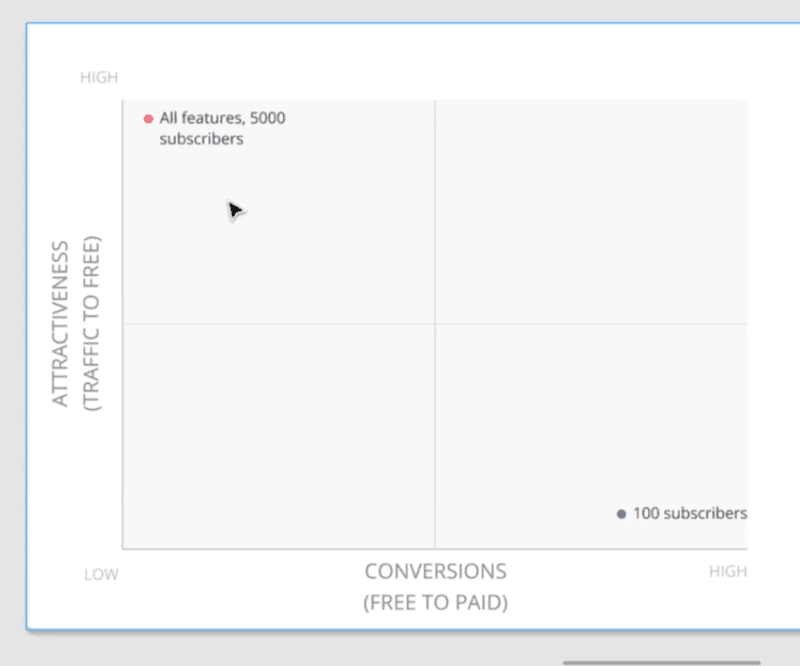
The most attractive plan has all the features free for 5,000 subscribers. That would be very attractive. But looking at conversions, what’s going to get us the highest free-to-paid conversion rate?
If we give away all the features, that’s very low on the conversion rate and we get tons of people, but nobody is paying us any money.
If we say the free plan is 100 subscribers, limited features, we might get high conversions but a very low attraction.
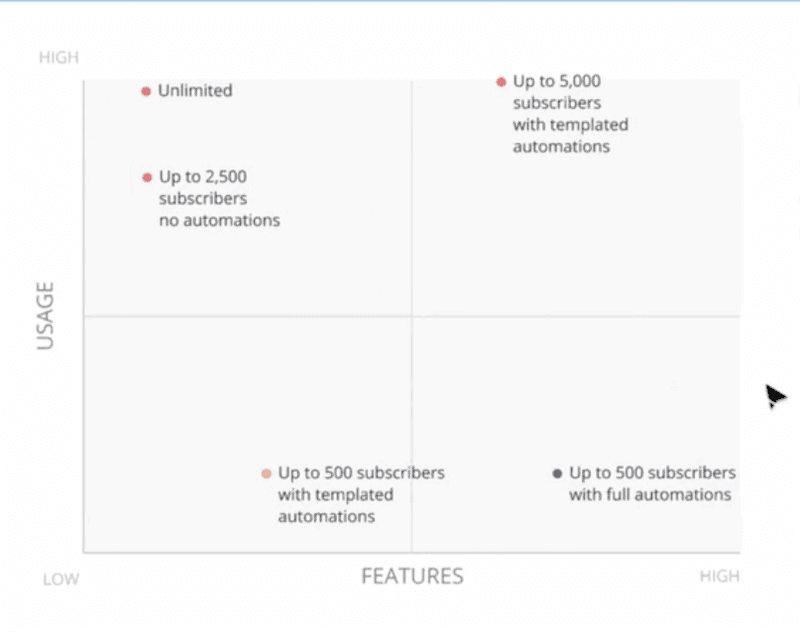
What we found was that a high number of subscribers is very attractive and a lot of people will sign up, even if they’re not going to hit 1,000 subscribers for a long time. A lot of people upgrade before they hit that limit because they want the extra features, automation and support.
We found a balance between getting a lot of people through the door and getting a good solid conversion rate.
Words of wisdom for the transition to a freemium product
I made this transition when I had a working business model. Be really careful of making it before you have a business model that's tried and tested.
We didn’t go freemium in search of a business model or to attract as many users as possible to try to figure out how to make money. We had a business model that worked and then said, “let's use freemium for awareness, and let’s go about it deliberately and not break something that works”.
The people who still struggle with freemium are: 1) the ones who are either less on the product-led growth side of things (where the product is not that good and you’re making up for it with a sales team, account managers, founder hustle etc.) and 2) anyone who is just getting started and doesn’t have quite the right fit yet.
I can only speak to my experience, but I would figure out my business model and who the ideal customer is, do all of that from paid users before I ever considered going freemium. We took a very deliberate path with a free plan, because we didn’t want to kill the golden goose we already had.


